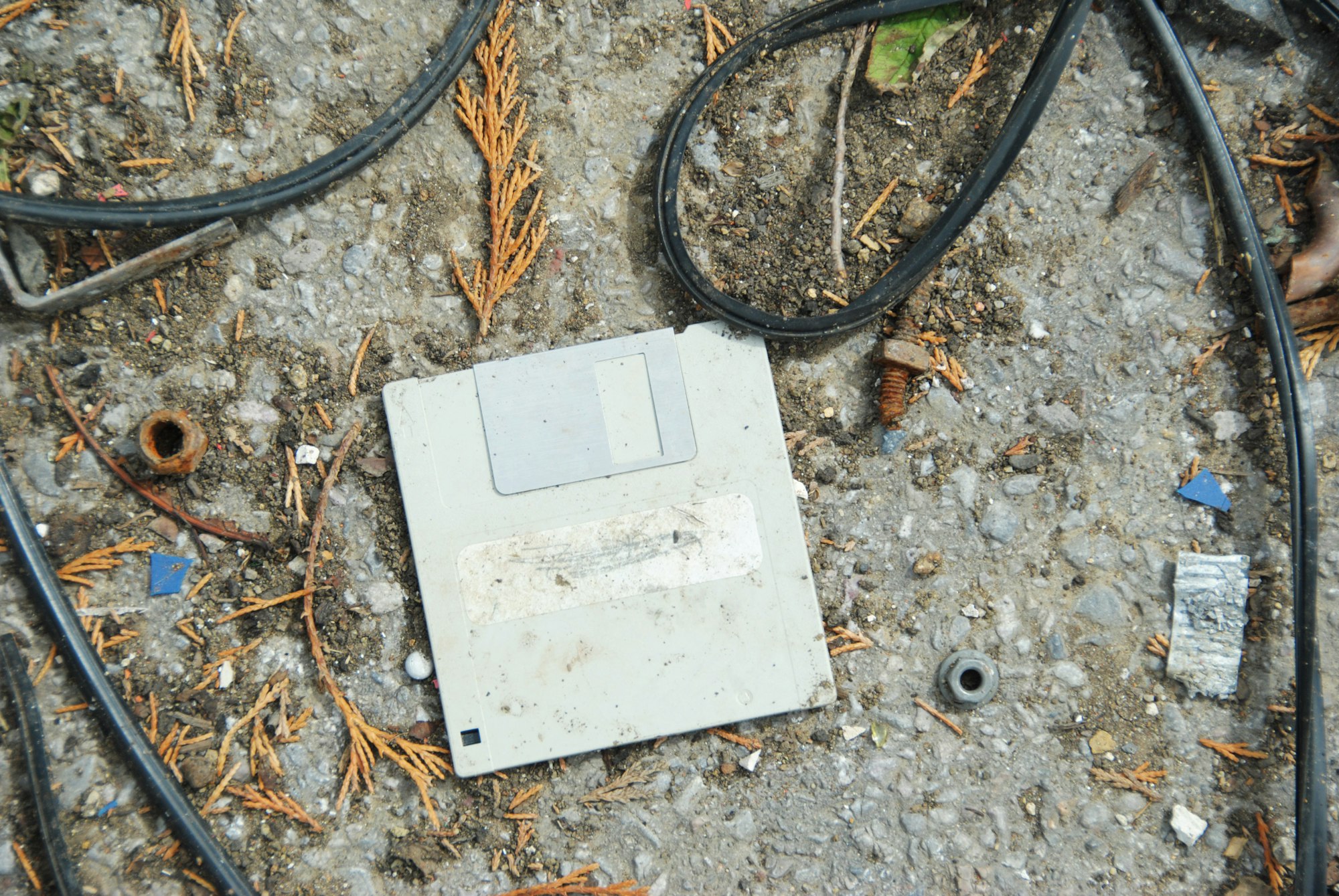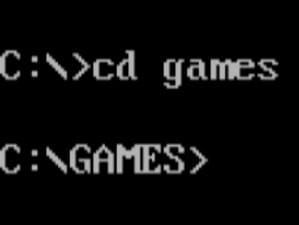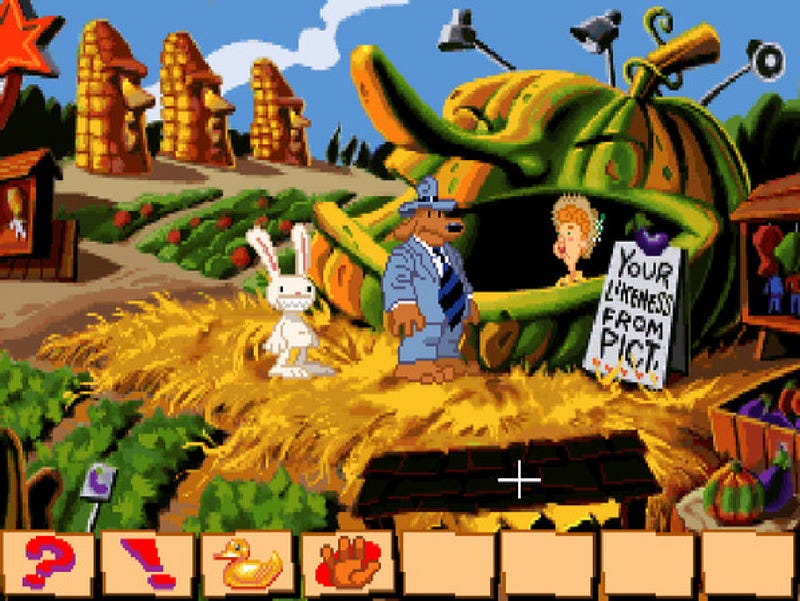The Unsung Heroes of Game Preservation, Part 1
The history of abandonware and its purveyors

Due to the apathetic and in some cases hostile actions of some studios to the pursuit of game preservation, it is my personal opinion that abandonware is an ethical and proportionate way of protecting gaming history. However, I stress that this is a personal opinion, and does not necessarily reflect the views and/or values of SUPERJUMP. I hope this informative piece encourages you to learn more about game preservation, an issue I hold dear to my heart.
During the early 2000s, when I was at high school and the first few years of university, I struggled to keep pace with contemporary gaming. I didn’t really “have my shit together” as you might say — like many young people, I was fairly irresponsible with the meagre funds I had available to me, and I just couldn’t afford to upgrade my PC hardware. However, games being the great passion that they are for me, I found a way to overcome my PC hardware limitations.
One of the outcomes of my situation was that I relied on internet cafes for my modern gaming fix. Another outcome is that I began to look to the classics of the past to entertain me. In hindsight, this is probably one of the most important and formative stages of my life as a gamer.

One of the consequences of the intrinsic relationship between games and hardware is their perishable nature. Hardware is constantly evolving, as is the low-level software that manages it — operating systems like Windows, Linux, and MacOS. This development is not just driven by games, far from it. Almost every industry relies on perpetual improvements to hardware and software — medicine, engineering, science, and economics to name a few.
High-level software (such as a game, word processor, or web browser) is built atop the foundations laid by hardware and low-level software, and their functionality is often reliant on the systems upon which they are built. So, when the hardware and low-level software evolves, the games we love may cease to work. One example of this was the large-scale shift from the text-based MS-DOS operating system to the Windows operating system in the 1990s. Another has been the gradual progression from 16-bit to 32-bit and now 64-bit operating systems. If you don’t understand all these technical terms, you don’t need to really. All you need to know is that, often, programs that were made for older computers stop working on newer computers, because the protocols that those programs rely on to operate change in fundamental ways.
Abandonware
In the late 90s and early 2000s, there wasn’t really a “retro gaming” scene; that didn’t start to appear in any significant way until the late 2000s — but we’ll get to that shortly. Instead, there was the abandonware scene.
Since I was running older hardware at the time (about 5-10 years behind the curve), I needed to look for older games that my computer could run. Sometimes I got lucky, and these old games would run quite well. Unfortunately, for many games, I had to do all sorts of software configuration acrobatics to get the games running, and they might be glitchy and unstable. Sound issues were common - distorted or none at all - as were graphics issues, with card compatibility problems and poor performance.
One perpetual hurdle was availability. Popular games from several years ago were easy enough to find, but if you were looking for a niche title? Game stores simply didn’t stock them anymore. Digital distribution didn’t exist yet. Steam first appeared in 2004, and that was almost exclusively for Valve products. It wasn’t until the late 2000s that digital distribution started to overtake physical sales.

And here is where we enter the legally grey territory of abandonware. What do you do when you want to use software that is no longer available for sale, but still protected under copyright law? Well, the simple answer is “you can’t” — unless you break the law. There were (and still are) dozens of sites dedicated to providing this software (mostly games) that has been “abandoned”, hence the name. It was these sites that I would trawl trying to find classics that could run on my PC, and it was the abandonware scene that sucked me into the world of classic gaming and fostered my passion for game preservation.
The games industry, for the most part, turned a blind eye to the abandonware scene. These games had long since ceased being profitable, and the owners weren’t making money off them anymore, so what’s the harm? Likewise, copyright authorities were busy enough dealing with the rise of software like Napster and LimeWire spreading music and movies — it was hardly worth their time pursuing a tiny website hosted in Poland that was sharing a handful of 15-year-old games. Piracy of modern games was another matter, however, and so-called “warez” sites were aggressively pursued by publishers and authorities. So, the abandonware scene, a small fish in a sea of sharks, was mostly ignored by everyone — even gamers, as most of them were likely playing more recent releases.
One thing that helped delineate abandonware sites from other piracy sites was the Abandonware Code. I don’t know if the term “Abandonware Code” already exists, but if it doesn’t, then I officially claim credit for identifying it, so make sure you update your Harvard referencing. But I digress.

The Abandonware Code is a loose set of principles that most reputable abandonware sites hold themselves to. The central tenets of the code are as follows:
- A game is abandonware if it is no longer “reasonably available” for sale or officially supported.
- "New" or "recent" releases are strictly forbidden - the definition of new and recent varies, but is generally based on the level of support the game receives (i.e. some games are abandoned after five years, while others are actively supported after 20).
- If a game becomes available for sale, or is re-released in its original form (this is an important point), then an abandonware site must remove the game and provide a link to the new distributor.
What’s truly amazing is that abandonware sites, for the most part, held to this code quite strictly. These weren’t a bunch of software pirates trying to distribute freebies and rip off honest developers (although I take issue with that depiction of piracy). These were people that loved games and wanted to share and preserve them.
There were many sites that I would go to for my abandonware games, usually starting with one of the rings. Ring sites were essentially sites with a ranked list of links to other sites that provided something around a specific theme, in this case, abandonware games. They usually followed something like the Abandonware Code, and required all their member sites to do the same.
Over time, I developed a preference for a handful of abandonware sites. Home of the Underdogs was one of the most famous and highly respected abandonware sites — a site dedicated to games that had not achieved the success they deserved. HotU (as it was known) was subjected to several copyright threats and was shut down many times over the years, but it perseveres to this day. Other favourites were Abandoneer, XTC Abandonware, and my personal favourite at the time, Abandonia.

Many abandonware sites were also repositories for freeware games, and in the case of Abandonia, they launched a separate website dedicated to freeware, Abandonia Reloaded. Freeware game developers often tried to emulate the style or mechanics of classic games, like Ben “Yahtzee” Croshaw’s 5 Days a Stranger and The Battle for Westnoth by David White.
Together with the abandonware sites were the abandonware IRC chatrooms. There were dozens of them, usually populated by gamers all over the world discussing everything from proto-memes to music and movies. One of my favourite channels was #oldwarez, where a bot named TheMonkey distributed a list of abandonware games for download. This became my primary source of abandonware games, as TheMonkey had many games that usually attracted copyright takedown notices on abandonware sites — games from publishers like Electronic Arts or Blizzard. It’s not that these publishers were making any money from these titles — these were all abandonware games. However, certain publishers had a reputation for aggressively defending their intellectual property, regardless of whether they were doing anything with it. Their philosophy was “if I can’t monetise it, then you’re not allowed to have it”. Unsurprisingly, many of these publishers are the same who would eventually pursue predatory microtransactions.
Thanks a lot, Microsoft…
In 2001, Microsoft launched Windows XP, and this had major implications for the abandonware scene. Previous versions of Windows (3.1, 95, and 98) were essentially built “on top of” Microsoft Disk Operating System (MS-DOS). MS-DOS was a low-level operating system that provided direct access to a computer’s hardware. As such, many games would launch in MS-DOS, so they could use the hardware required to perform complex in-game rendering. Microsoft eventually created DirectX as a way around this; programs installed in Windows were able to directly access hardware using a DirectX API. By the early 2000s, DirectX was the industry standard, and MS-DOS was well and truly a thing of the past. So, with Windows XP, Microsoft dropped DOS entirely.

For the modern gamer, this was fine. MS-DOS was old, not user-friendly at all, and clunky to use. DirectX and Windows were the way of the future, but this was a serious blow to the abandonware scene. Upgrading to Windows XP meant that you simply couldn’t play most abandonware games anymore. Everything pre-1995 (and a large swathe of post-’95 games as well) required DOS in order to function.
Just when it seemed like we would never be able to play classic games again, along came a crew of Dutch software developers in 2002 with DOSBox. DOSBox is a program that emulates DOS — in simple terms, this tricks a program into thinking that it is running on a computer with DOS. This requires a certain degree of additional processing power, but luckily most new computers in the early 2000s were more than capable of running a pre-1995 game in a DOS emulator.

DOSBox initially started out with limited support and lots of bugs, but it has since become the de facto standard for running any DOS-based program on modern PCs, and many modern re-releases of DOS games come bundled with a version of DOSBox in order to run, including those on GOG and Steam. Even EA uses DOSBox to run their own games like Crusader: No Remorse and SimCity 2000.
Appearing alongside DOSBox was SCUMMVM. This started as an independent project to enable modern PCs to run old games that used LucasArts’ SCUMM engine, such as Sam & Max Hit the Road and Day of the Tentacle. Support eventually broadened to other adventure games as well. SCUMMVM had a narrower focus but was generally considered to be a more stable emulator for adventure games, with more consistent performance and a tailored set of features to improve the gamer experience.

While the release of Windows XP had major implications for abandonware gaming, within two or three years, the scene began to recover, and classic gamers finally began to feel comfortable with moving to the newer operating system. I delayed making the switch to Windows XP for a few years in order to avoid compatibility issues with older games, but it was DOSBox and SCUMMVM that eventually encouraged me to move.
This was essentially the state of the abandonware scene in the late 90s and early 2000s. The games industry as a whole hadn’t yet matured to the point where there was a “retro games” scene like there is today, so if you wanted to play an older game, you needed to rely on an abandonware site, or in some cases, IRC channels. Major shifts in Microsoft Windows were a speedbump, but generous developers had created free programs to mitigate any problems. Yet it was still becoming harder and harder to find some classic games, as many websites on the scene began to shut down due to the changing landscape of the internet — advertising was becoming less lucrative and internet users were changing their browsing habits. The administrators of many abandonware sites were getting older, and were either giving up their hobby or they simply couldn’t afford to keep hosting their sites.
But from Eastern Europe, a lifeline was about to be thrown out for old games of every color and creed, and the world would learn the name of GoG. Stay tuned for Part 2...